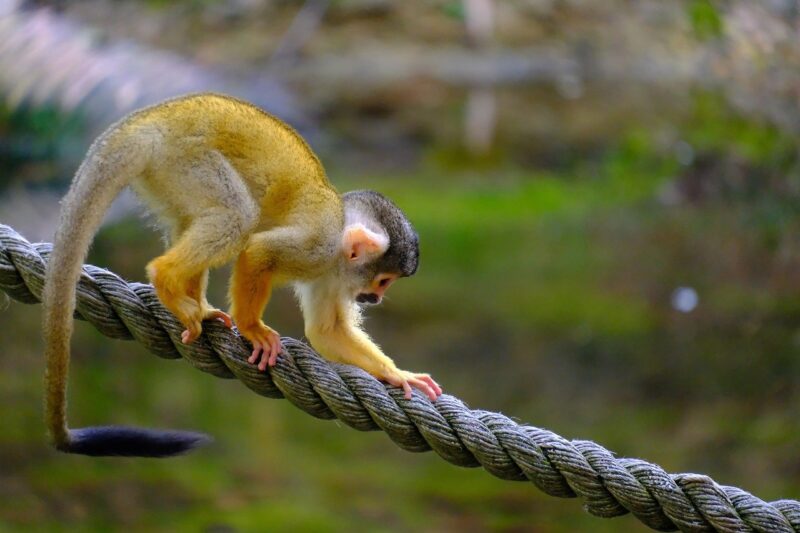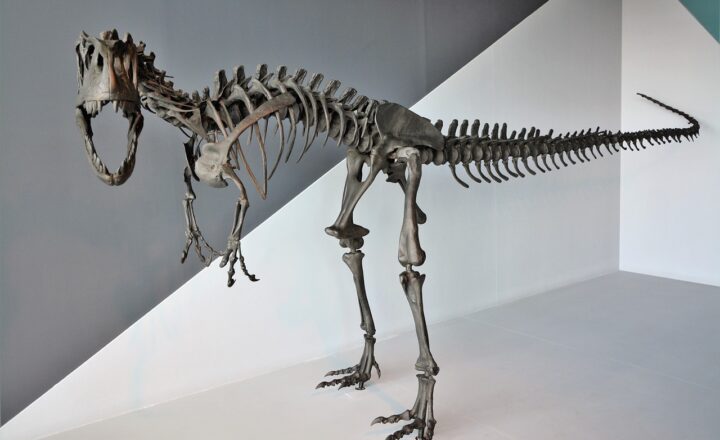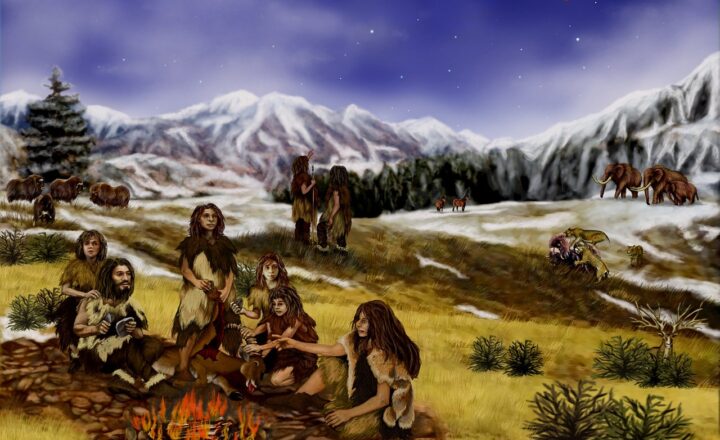The Evolutionary Link Between Ancient Monkeys and Early Hominids
November 15, 2024

The story of humanity is one of transformation and adaptation, rooted deep within the evolutionary branches of the primate family tree. As we look back into the early epochs of our ancestry, we encounter ancient monkeys and their remarkable evolutionary journey that would eventually lead to the emergence of early hominids.
1. Understanding Primate Evolution
To begin our quest, let’s discuss primate evolution. Primates are a diverse group that includes monkeys, apes, and humans. They have distinctive characteristics such as flexible limbs, nails instead of claws, and highly developed social behaviors. The order of Primates is thought to have originated around 65 million years ago, shortly after the extinction of the dinosaurs.
The evolutionary tree can be viewed as a branching diagram that traces back to a common ancestor shared among all primates. Monkeys are divided into two main suborders: Prosimians (like lemurs) and Anthropoids, which include monkeys, apes, and humans. It is within this anthropoid group that we can begin to spot the threads connecting ancient monkeys to early hominids.
2. The Rise of the Monkeys
The story of ancient monkeys begins around 40 million years ago during the Eocene epoch, when the first true monkeys, known as platyrrhines (New World monkeys), made their appearance in South America. These monkeys were characterized by their flat noses and prehensile tails, adaptations that helped them thrive in the forests of their time.
As these monkeys developed, they began to exhibit a range of evolutionary adaptations that would lay the groundwork for later primates. One significant adaptation was climbing, an essential skill that allowed for efficient foraging as they navigated through the tree canopy. This arboreal lifestyle encouraged the development of larger brains, compared to other mammals, paving the way for the complex social structures and behaviors that would emerge in later species.
3. From Monkeys to Apes: A Key Transitional Phase
Around 25 million years ago, there was a crucial branching off point in primate evolution that gave rise to the Cercopithecoidea (Old World monkeys) and the Hominoidea (apes, including gibbons and great apes). While Old World monkeys adapted to a range of environments, including grasslands and forests, the early hominoids, marked by their lack of tails and larger brains, started to evolve in a different direction.
This transition was not merely physical but also behavioral. Early apes began to develop deeper social structures, communication methods, and tools, marking significant steps on the evolutionary path towards modern humans. Over millions of years, these adaptations would lead to the emergence of our direct ancestors, the hominids. This adaptive flexibility became a hallmark trait of early hominids as they began to navigate varied environments and develop a more complex social interaction.
4. The Earliest Hominids and Their Traits
By approximately 6 to 7 million years ago, the hominid lineage began to separate from other great apes. One of the earliest known species in this lineage is Sahelanthropus tchadensis, distinguished by its reduced canine teeth and more upright posture. These early hominids exhibited a combination of both ape-like and human-like characteristics, making them integral to the understanding of human evolution.
The transition from tree-dwelling (arboreal) lifestyles to bipedalism is one of the most significant adaptations in the evolution of hominids. Walking on two legs not only freed up the hands for tool use but also changed the way early humans interacted with their environment. This new mode of locomotion fundamentally altered social structures, foraging strategies, and even reproductive success, as those who could walk upright often displayed improved endurance.
5. The Importance of Tool Use and Culture
As hominids developed, so too did their interaction with their environment, particularly through tool use. One of the earliest identifiable tools is dated to around 3.3 million years ago, associated with the species Australopithecus. This is notable as it signifies not only an evolutionary development but also the emergence of culture as early hominids began to leverage objects from their surroundings to improve their quality of life.
As tool usage became more sophisticated, early hominids realized the importance of cooperation and social learning. These advancements challenged previous survival methods and enhanced their adaptability. Culture began to take root, although in primitive forms, which laid a foundation for the complex societies we witness today.
6. Conclusion: The Legacy of Our Ancestors
The evolutionary journey from ancient monkeys to early hominids highlights the remarkable adaptability and resilience inherent to primates. Studying this lineage allows us to appreciate the intricate web of connections that bind all primates, including ourselves.
From the arboreal adaptations of ancient monkeys to the upright walking of hominids, each evolutionary step represents a story of survival and transformation. Understanding this process enriches our comprehension of what it means to be human and reflects our ongoing relationship with the natural world. The exploration of our past will continue to unveil the mysteries of evolution and our position within it, leaving us ever more curious about the future.
As scientists continue to unearth fossils and analyze ancient DNA, our understanding of these dynamics may evolve further, revealing even more profound connections between the species that tread this earth before us.








